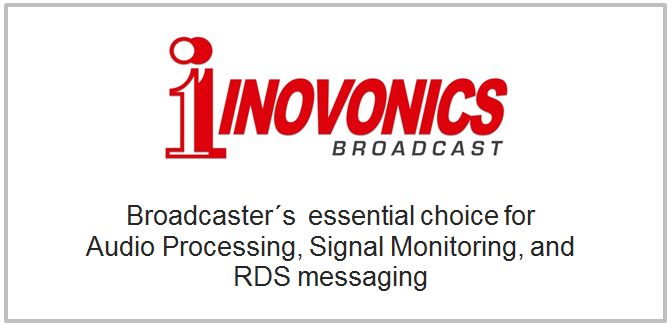Dynamic RDS/RBDS Encoder
Model 712
Dynamic RDS/RBDS Encoder
Share on Facebook Share on Twitter
THIS PRODUCT IS NO LONGER IN PRODUCTION.
The full-function Model 712 gives ready access to the entire RadioData message stream. In addition to the usual static identifiers, two modes of scrolling messaging give the broadcaster a choice of rapid throughput or a slower, more safety-conscious method of displaying text in automobiles.
The Model 712 is compatible with hardware and software enhancements from third-party message consolidators, which may include TCP/IP addressability. The 712 allows selection of Inovonics' exclusive "Safe Scolling" mode. Although this gives a slower transmission than the more common 'block' method, Safe Scrolling is less distracting to the driver of a car. To view a short video of Safe Scrolling check Demonstration section Check out the 712-EasyConfig software.
This application greatly simplifies the 712 programming experience with an easy one page fill in the blank form! Software can be found in Downloads section.

